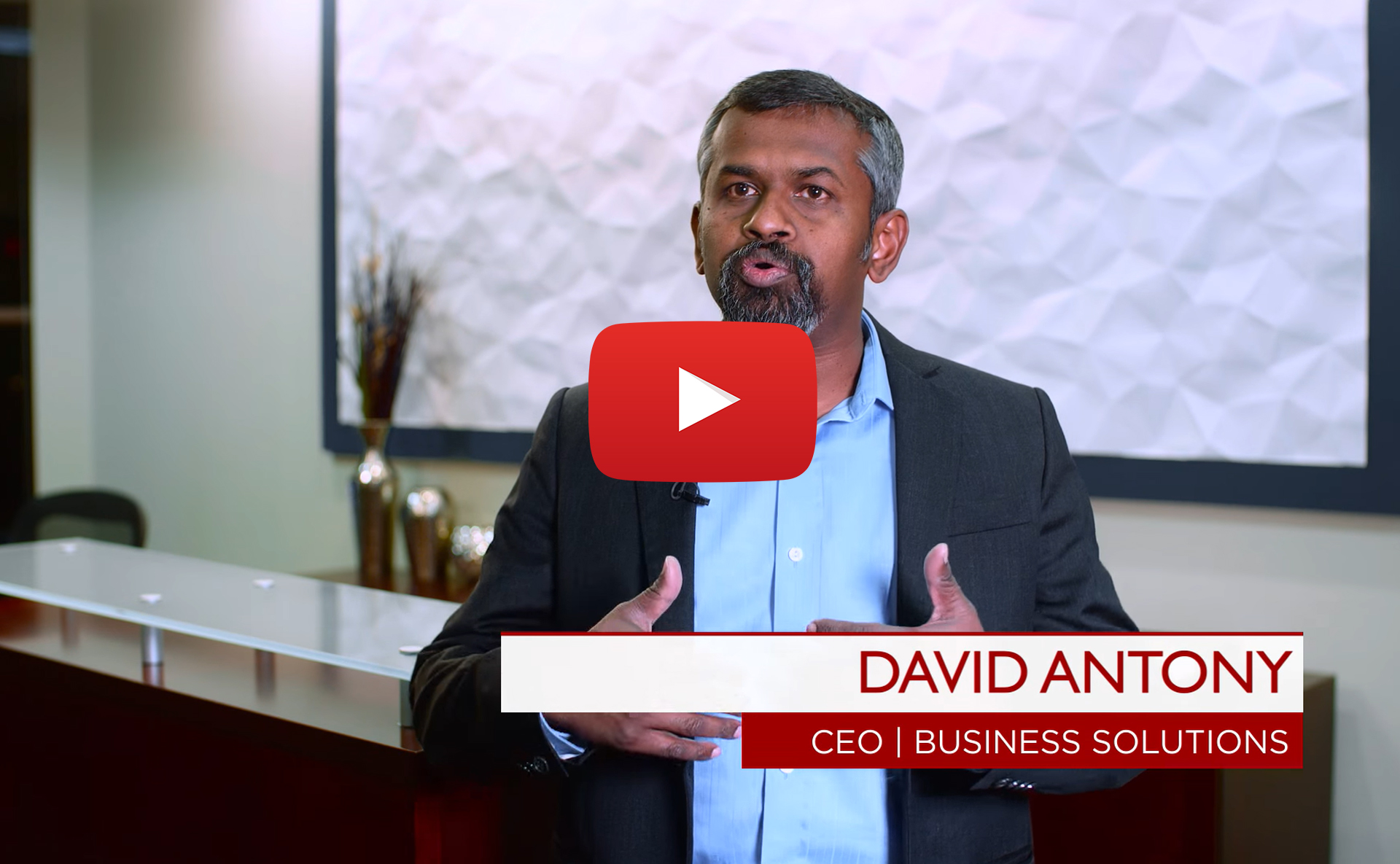For companies to achieve goals and planned results within a defined schedule and a defined budget, most managers use a methodology which helps them smoothly carry out the project. Regardless of field or trade, there is an assortment of methodologies available to help managers at every stage of a project; right from initiation to implementation and finally to closure.
Ideally, a methodology is a model which project managers employ for the design, planning, implementation and achievement of their project objectives. Depending on the type and nature of the project, there are different methodologies which can be used. Choosing the right method for the right project is of utmost importance for the success of any project.
12 Popular Project Management Methodologies
Project methodologies are not tool-specific, however in today's software-reliant world the reality is that the methodology and the organization's project management software tool are too often heavily intertwined. Some of the popular types of software development methodologies are listed here:
-
Agile
 Agile software development methodology is for a project that needs extreme agility in requirement. The key features of Agile are its short-termed delivery cycles, agile requirements, dynamic team culture, less restrictive project control and an overall emphasis on real-time communication.
Agile software development methodology is for a project that needs extreme agility in requirement. The key features of Agile are its short-termed delivery cycles, agile requirements, dynamic team culture, less restrictive project control and an overall emphasis on real-time communication. -
Waterfall Method
 Waterfall software development methodology is a legacy model for projects. This method has been in practice for decades before the new methodologies were introduced. In this model, development lifecycle has fixed stages and linear timelines. The model is not capable of addressing the challenges in the modern software development domain, and is only used for very linear and short-termed projects.
Waterfall software development methodology is a legacy model for projects. This method has been in practice for decades before the new methodologies were introduced. In this model, development lifecycle has fixed stages and linear timelines. The model is not capable of addressing the challenges in the modern software development domain, and is only used for very linear and short-termed projects. -
Scrum
 Scrum is a type of Agile methodology that focuses on 30-day sprints where project deliverables are broken down into 30-day intervals. In scrum, there is no project manager. Instead there is a Scrum Master whose role is to facilitate the daily project communications and tackle any distractions that are trying to interfere with team member's ability to work on the project.
Scrum is a type of Agile methodology that focuses on 30-day sprints where project deliverables are broken down into 30-day intervals. In scrum, there is no project manager. Instead there is a Scrum Master whose role is to facilitate the daily project communications and tackle any distractions that are trying to interfere with team member's ability to work on the project. -
PRINCE2
 This is a method for managing projects used by the UK government and characterized by a product-based planning approach. In PRINCE2, high level activities such as setting business justification and resource allocation are owned by a structured project board while a project manager takes care of the lower level, day-to-day activities such as scheduling.
This is a method for managing projects used by the UK government and characterized by a product-based planning approach. In PRINCE2, high level activities such as setting business justification and resource allocation are owned by a structured project board while a project manager takes care of the lower level, day-to-day activities such as scheduling. -
Six Sigma
 This is a statistics-based methodology that seeks to improve the quality of a process by measuring the defects or bugs present and getting it down as close to zero as possible. A process can therefore attain a rating of Six Sigma if 99.99966% of the final product is defect-free.
This is a statistics-based methodology that seeks to improve the quality of a process by measuring the defects or bugs present and getting it down as close to zero as possible. A process can therefore attain a rating of Six Sigma if 99.99966% of the final product is defect-free. -
Rapid Application Development (RAD)
 Rapid application development methodology focuses on developing products faster with higher quality. When it comes to gathering requirements, it uses the workshop method. Prototyping is used for obtaining clear requirements and the re-use of software components is encouraged in order to accelerate development timelines. In this method, all types of internal communications are considered informal.
Rapid application development methodology focuses on developing products faster with higher quality. When it comes to gathering requirements, it uses the workshop method. Prototyping is used for obtaining clear requirements and the re-use of software components is encouraged in order to accelerate development timelines. In this method, all types of internal communications are considered informal. -
Critical Path Method (CPM)
 This is a step-by-step methodology used for projects with interdependent activities. It contains a list of activities and uses a work-break-down structure (WBS, which is a timeline to complete dependencies, milestones and deliverables. It outlines critical and non-critical activities by calculating the "longest" (on the critical path) and "shortest" time to complete tasks so as to determine which activities are critical and which are not.
This is a step-by-step methodology used for projects with interdependent activities. It contains a list of activities and uses a work-break-down structure (WBS, which is a timeline to complete dependencies, milestones and deliverables. It outlines critical and non-critical activities by calculating the "longest" (on the critical path) and "shortest" time to complete tasks so as to determine which activities are critical and which are not. -
Critical Chain Project Management (CCPM)
 This methodology focuses on the use of resources within a project instead of project activities. To address potential issues with resources, buffers are built so as to ensure projects are on-time and that overall safety is not compromised.
This methodology focuses on the use of resources within a project instead of project activities. To address potential issues with resources, buffers are built so as to ensure projects are on-time and that overall safety is not compromised. -
Spiral
 The spiral model is a risk-driven process model generator for software projects. Based on the unique risk patterns of a given project, the spiral model guides a team to adopt elements of one or more process models, such as incremental, waterfall, or evolutionary prototyping.
The spiral model is a risk-driven process model generator for software projects. Based on the unique risk patterns of a given project, the spiral model guides a team to adopt elements of one or more process models, such as incremental, waterfall, or evolutionary prototyping. -
Iterative
 An iterative model does not attempt to start with a full specification of requirements. Instead, development begins by specifying and implementing just part of the software, which can then be reviewed in order to identify further requirements. This process is then repeated, producing a new version of the software for each cycle of the model.
An iterative model does not attempt to start with a full specification of requirements. Instead, development begins by specifying and implementing just part of the software, which can then be reviewed in order to identify further requirements. This process is then repeated, producing a new version of the software for each cycle of the model. -
Incremental
 The incremental model is a method of software development where the product is designed, implemented, and tested incrementally until the product is finished. It involves both development and maintenance. The product is defined as finished when it satisfies all of its requirements.
The incremental model is a method of software development where the product is designed, implemented, and tested incrementally until the product is finished. It involves both development and maintenance. The product is defined as finished when it satisfies all of its requirements. -
Evolutionary
 The evolutionary software development methodology is based on the idea of rapidly developing an initial software implementation from very abstract specifications and modifying the same according to your appraisal. Each program version inherits the best features from earlier versions. Each version is then refined based upon feedback from yourself to produce a system which satisfies your needs.
The evolutionary software development methodology is based on the idea of rapidly developing an initial software implementation from very abstract specifications and modifying the same according to your appraisal. Each program version inherits the best features from earlier versions. Each version is then refined based upon feedback from yourself to produce a system which satisfies your needs.
4-Step Cyclic Approach for Project Execution
After choosing the right project methodology companies need to follow a structured process in order to ensure the success of the project. Most companies follow this 4-step cyclic approach during project execution:
-
Consultation
This step is essential as it helps gather information on the specific business needs of the customer. Consultation sessions are held where the team learns about the client's goals, scope, expectations, business practices, existing resources and budget. These sessions are also used to showcase the company's offerings, share past experiences and provide information on the various industry trends.
-
Proposition
This step deals with the presentation of the proposal to the client. The proposal contains the various aspects of the project like planning, execution, delivery, software processes to be followed, SDLC methods, communication, timeline, resource allocation, licensing and intellectual property ownership, post-delivery support and maintenance, foreseen hurdles and uncertainty, warranty, technology to be used, etc.
-
Confirmation
This necessary step deals with the details of the proposal. Various aspects of the contract like confidentiality agreements, service level terms, taxes, working procedures and legal arbitration are discussed and agreed upon. The service provider always makes sure that all contracts are flexible and scalable to allow for changes and updates to the project as they work on it.
-
Execution
During the execution stage, the business solution is developed according to pre-agreed terms and conditions. Regular review meetings are conducted to oversee the execution of the project. Project execution is usually phased out and delivered in parts.
In order to keep to the high quality standards, companies ensure that the cycle of Consultation, Proposition, Confirmation and Execution is repeated after each delivery is made.
Choose the Right Project Methodology for a Successful Venture
Flatworld Solutions' mobile application development team is experienced and versatile in developing custom mobile app solutions. We make sure that our project development methodologies are modified, refined, evolved, and even enhanced to suit each client's particular need and specifications. Each project is executed using custom business solutions that include a structured business process, the latest in IT trends, superior software services and the most up-to-date tools and technologies.
If you have any difficulty in choosing the right methodology for your project, feel free to get in touch with us, and we will be more than happy to help you out.
Contact UsAvail best-in-class services at affordable rates
Our Customers





Software Development Case Studies
-
Flatworld Implemented a ServiceNow Solution for a US-based Award Winning Firm
-
FWS Provided Swift and Impeccable ServiceNow Implementation Services
-
Flatworld Provided Power BI Services to a UK-based Data Analytics Firm
-
Developed an e-Learning Platform for a Global IT Organization
-
Bilingual OpenCart e-commerce Solution for Canadian Boat Manufacturer
3rd Edition Middle East Banking AI and Analytics Summit

USA
Flatworld Solutions
116 Village Blvd, Suite 200, Princeton, NJ 08540
PHILIPPINES
Aeon Towers, J.P. Laurel Avenue, Bajada, Davao 8000
KSS Building, Buhangin Road Cor Olive Street, Davao City 8000
INDIA
Survey No.11, 3rd Floor, Indraprastha, Gubbi Cross, 81,
Hennur Bagalur Main Rd, Kuvempu Layout, Kothanur, Bengaluru, Karnataka 560077






